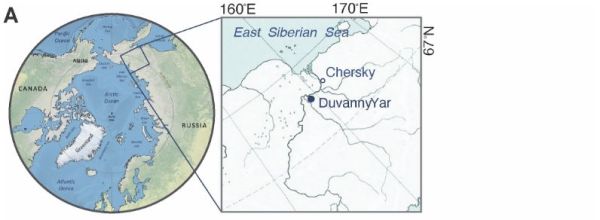The general consensus among us mammals is that if we get very cold, we die. Within the world of nematodes, however, they’d like to differ on that viewpoint. This is demonstrated succinctly after researchers coaxed a batch of these worms back into action after they had been frozen in Siberian permafrost for an estimated 46,000 years. The mechanism underlying this phenomenon is called cryptobiosis, which is essentially a metabolic state that certain lifeforms can enter when environmental conditions become unsuitable.
In the case of nematodes, they hold a number of records, with a group of them having survived the STS-107 Space Shuttle Columbia in 2003 when it broke up during reentry, making it the first known lifeform to have achieved such a feat. During arctic experiments it was found that these roundworms can withstand intracellular freezing even while active depending on its diet. Continue reading “Nematodes From The Siberian Permafrost Woke Up After A 46,000 Year Long Nap”












